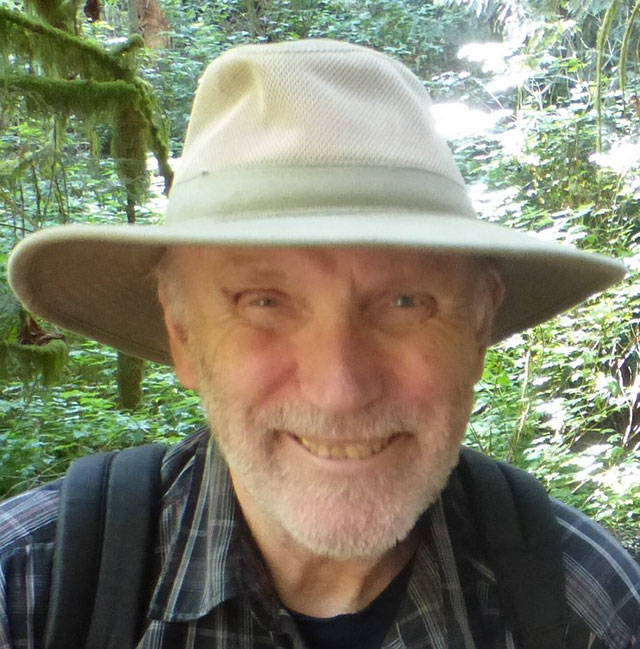I attended the ferry users’ meeting last Wednesday evening and, like most people, was disappointed in the proposed schedules and their potential impact on Vashon. But I couldn’t help but feel that changes like this are a natural outgrowth of the larger scale changes happening all over the Pacific Northwest. Population levels on Vashon have remained stable over the past 20 years, while Kitsap County’s population has increased to over 265,000. Naturally, the ferries are under constant pressure to improve service to the burgeoning demand from Southworth, and the capacity of the triangle route is little improved. So it is no surprise that our share of ferry services is scheduled to be reduced in favor of improved access by Southworth.
The next evening, a meeting on medical services. After years of trying, we don’t seem to be able to build more than very basic medical services on this island, despite the fact that we have a large population of seniors with many complex medical conditions. Even the basic services we create have great difficulty hanging on, and change hands with disturbing regularity. Our real recourse is traveling to Seattle or Tacoma, and as ferry service comes under increasing pressure, that link grows weaker.
The Vashon-Maury Island community needs to do a better job of recognizing the scale and seriousness of the macro changes that are bearing down on our region and our island. Climate change, economic growth and massive in-migration are placing huge strains on the facilities and services all over the region, and the strains can only be expected to increase. As California burns and Southwest temperatures climb ever higher while the water runs out, and as the regional tech boom continues to strengthen, our little corner of the United States will look more and more attractive to more and more people. And that means our island will look more attractive.
What kind of community do we want in 25 years? How can we maintain the essential values of our island in the face of rampant development all around us? How can we improve our transportation options, education and training, medical care, water and land management and technology resources (gigabit ethernet) while keeping housing affordable? How do we manage the energy transformation that is underway? How do we support local food resources and provide for our less fortunate neighbors? These are the kinds of questions that require deep thought by our island residents and serious planning for the years ahead.
The Transition Town movement, first developed in England and now constituting a network of communities all over the world, provides a model of how communities have organized a response to 21st century challenges, and how to build a plan to get ahead of them. There are many transition town initiatives right here in this area: five on Vancouver Island, nine in mainland British Columbia, and 11 here in Western Washington, including those in Port Townsend, Bellingham, Olympia and northeast Seattle.
The idea for the Vashon Tool Library, which I founded with several colleagues four years ago, I first encountered in Transition Town literature. The experiences of these hundreds of communities, recorded on their websites and literature, can be a huge benefit to communities like ours, providing ideas and practical guidance as we struggle with the work of keeping ahead of the waves of change.
I think that the Transition Town model would be very helpful to us in putting together some kind of community-wide initiative for Vashon-Maury Island. But whatever approach is used, it is critical that we as a community begin to actively plan for and better control our future. Threats are multiplying, and the King County planning process is not enough. Without our own active planning and management effort, we are sitting ducks for whatever transformations come over the horizon.
— Steve Graham is a retired computer manager from the University of Washington and a founder of the Vashon Tool Library and Makerspace.



